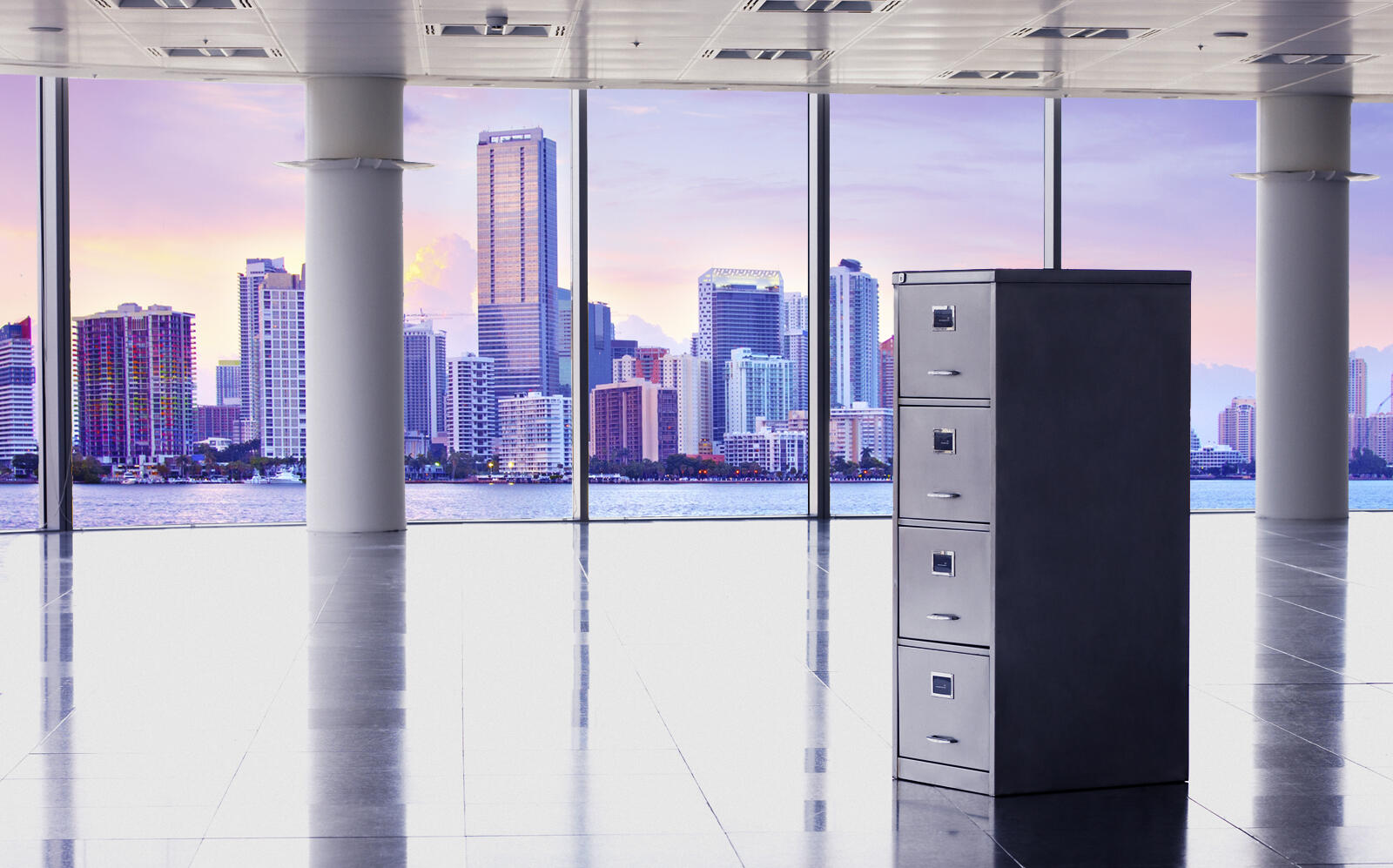Office vacancy rates in Miami-Dade County are hitting highs not seen since the Great Recession, according to a pair of recent market reports.
A June report by the Commercial Industrial Association of South Florida, or CIASF, found that the vacancy rate for Class A office space jumped above 20 percent in the first quarter, a height not seen since the last building boom of 2008-2009 that coincided with the financial crisis. During the same period last year, before the COVID-19 pandemic upended commercial real estate, Miami-Dade’s Class A vacancy rate was 15 percent.
Avision Young’s second quarter office report, released last week, shows that the overall Miami office market’s direct and subleasing vacancy rate hit 16.9 percent, the highest rate since 2013.
“As was the case with the global financial crisis over a decade ago, the impact of this recession will be felt in South Florida’s office market to some degree for years to come,” the Avision Young report states. “Demand for flexible office space has also been on the rise as tenants remain hesitant to lock themselves into a long-term lease.”
With Miami-Dade adding 1.3 million square feet of new office space in the past year, the combination of new supply and the shutdown of businesses in 2020 resulted in a negative absorption of more than 600,000 square feet, according to the CIASF report. Among the new projects to be delivered this year are The Plaza Coral Gables and Gateway at Wynwood.

Ken Krasnow
Ken Krasnow, Miami vice chairman for institutional investor services at Colliers International, which produced the CIASF report, said the impact of the pandemic factored into the vacancy rate rise, but that it is largely due to the new office space delivered in the past year.
“I think the market is not scared or spooked by the rising vacancy rates, because you see it as a function of the investment in the market,” Krasnow said. “New buildings are not always going to be pre-leased.”
Krasnow said leasing activity did slow down in the past year, as tenants waited to see how and when the pandemic would ease up.
“Some companies decided to go to the sidelines and not renew their space,” he said. “That caused a little bit of vacancy. Other companies kicked the can down the road. They did short-term leases of six months to a year until figuring things out.”
Despite supply outpacing demand, office landlords are not slashing rents. On the contrary, leasing prices are rising with asking lease rates increasing by 8.9 percent to nearly $43 a square foot in the first quarter of 2021, the CIASF report states.
Avision Young reported a similar trend, noting rents “have spiked significantly” in Miami, an 8 percent increase, year over year. In the Brickell submarket, some asking rents are hitting $75 per square foot to $85 per square foot.
“The amount of activity and tenants touring the market has landlords confident that they can achieve these premium rates,” the Avision Young report states.
Krasnow said institutional owners that bought Miami office space in the last few years understood that demand for office space will climb as the pandemic ebbs. “These are sophisticated owners who understand short-term dynamics and long-term value,” he said. “The trends that are emerging show that demand is strong and new-to-market activity is continuing to accelerate.”
According to the CIASF report, the Miami office market is seeing a boom in worker and company relocations from New York City; Washington, D.C.; Boston and Chicago. Krasnow said the Miami office market will experience a rebound by the third and fourth quarters of this year.
“We think it will be an active fall in terms of commitments and decision making,” he said. “The amount of tours, inquiries and inspections is up across the board in every office submarket.”

Simon Wasserberger
Yet, some institutional players believe Miami’s office growth will come from local tenants, as opposed to companies from the Northeast relocating here. At CIASF’s June 25 office market panel, Simon Wasserberger, senior vice president at Blackstone’s EQ Office, said the number of New York firms opening offices or relocating to the Miami area is not enough to create a critical mass of new tenants. In January, Blackstone signed a long-term lease for 41,000-square-feet at 2MiamiCentral where 200 tech employees will work for the private equity giant.
“If you add up all the prospects coming from New York City, I am not sure it is enough to fill 545 Wyn,” said Wasserberger, referring to a new 285,000-square-foot office and retail building in Wynwood developed by Sterling Bay Properties. “[The migration] is real, but it is not enough in a market with 20 percent availability.”
A massive flight of tenants in existing older buildings into newer buildings is more likely to fuel demand, Wasserberger said.
“The question for us is what is going to happen to the buildings that are older and have not been kept up?” Wasserberger said. “The gap will get bigger and bigger and only the owners willing to put money into their older buildings will survive.”
Yet, Wasserberger said Blackstone is committed to staying in Miami. “We are here for the long term,” he said. “We are going to build our profile here.”
